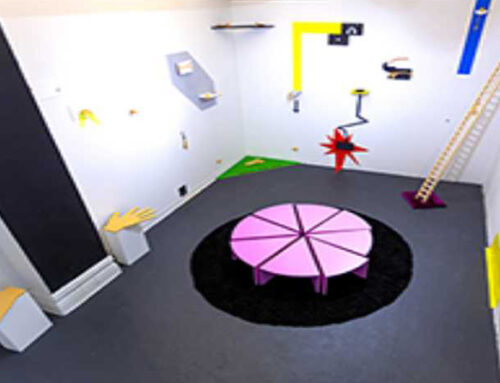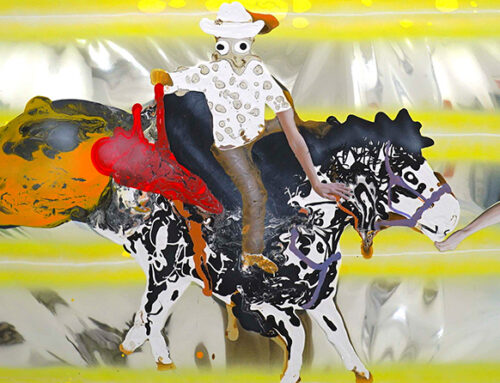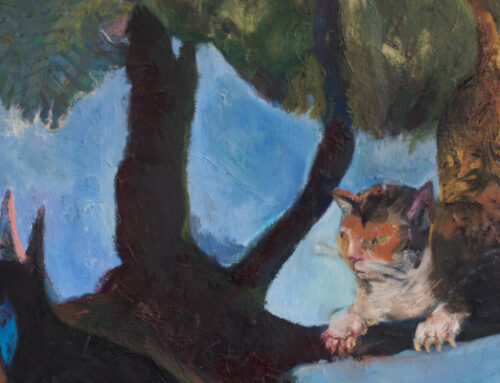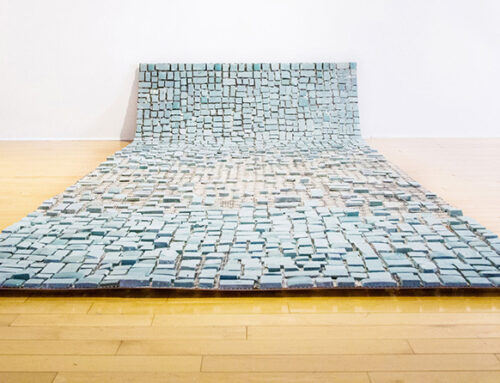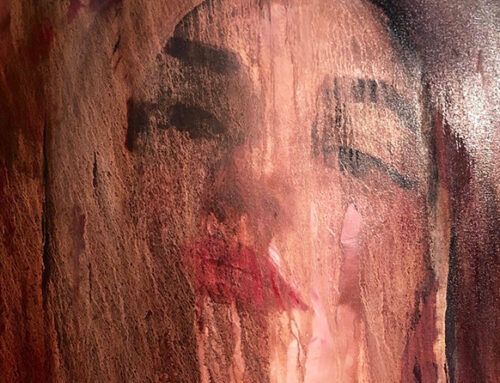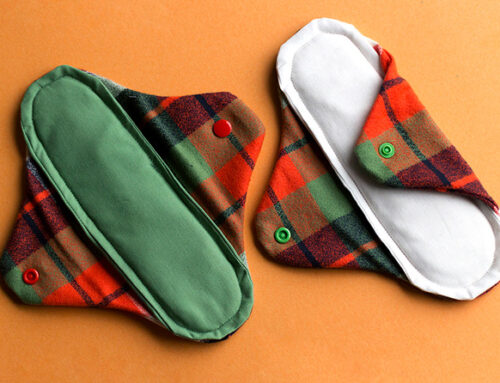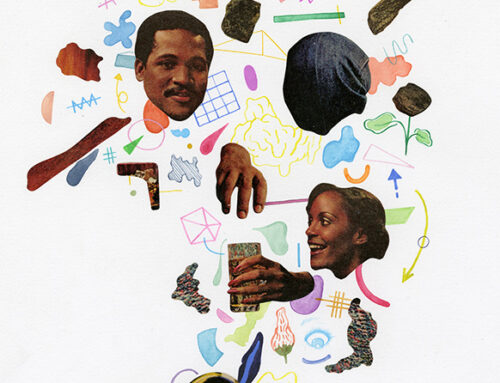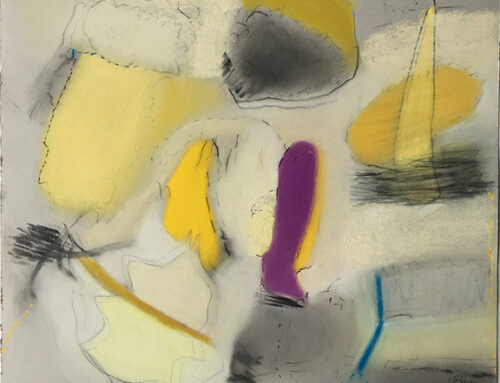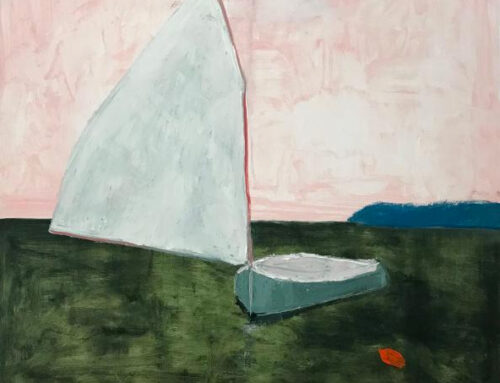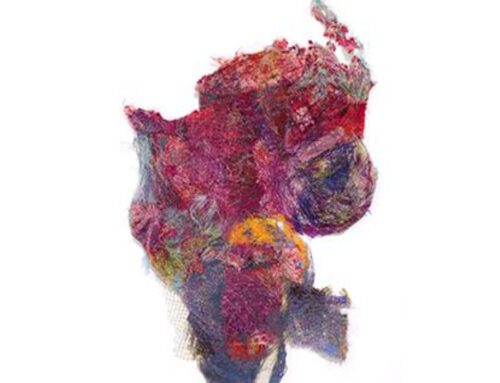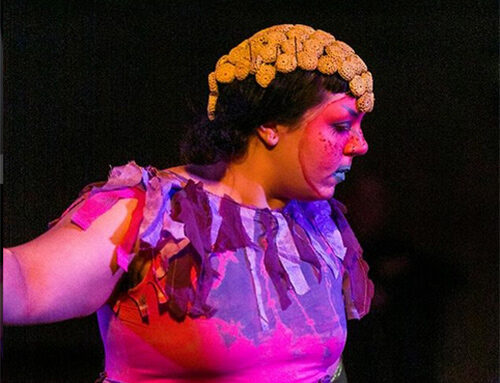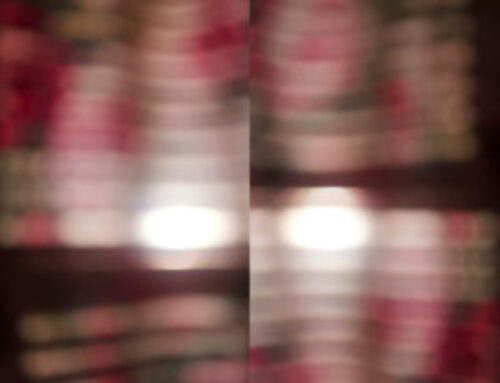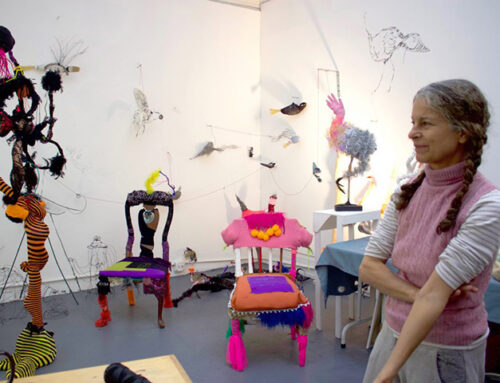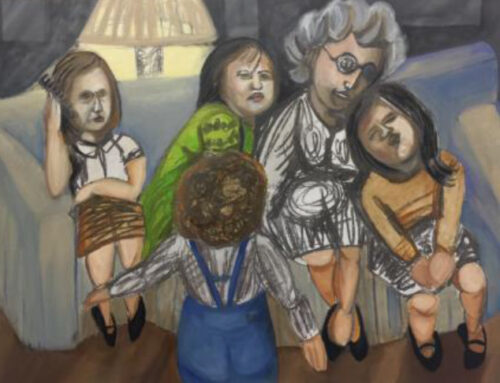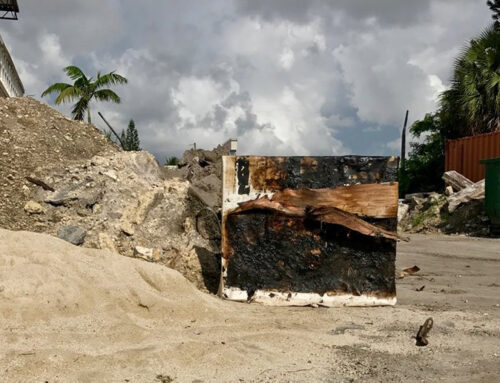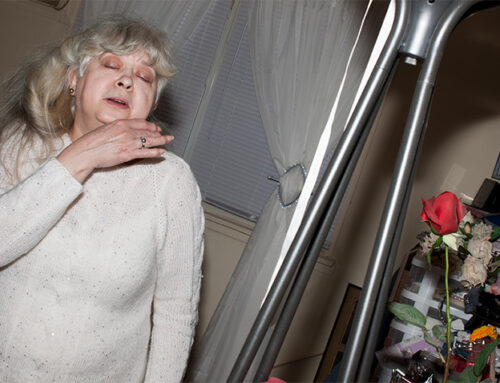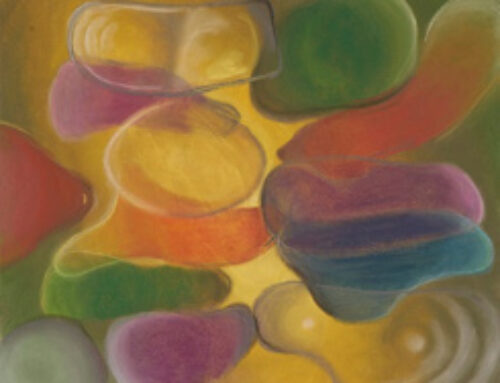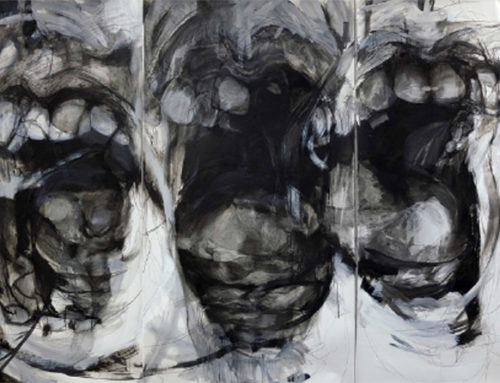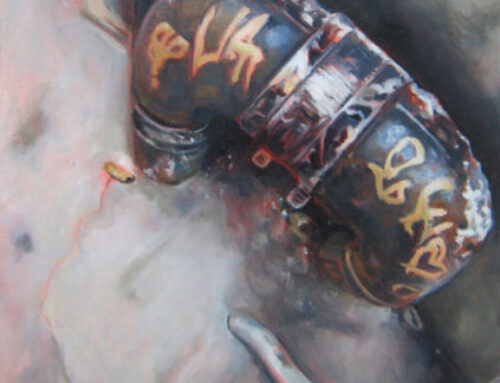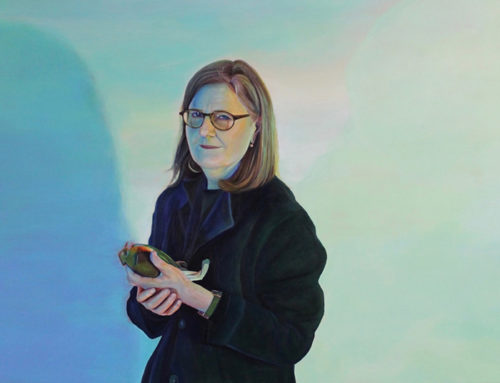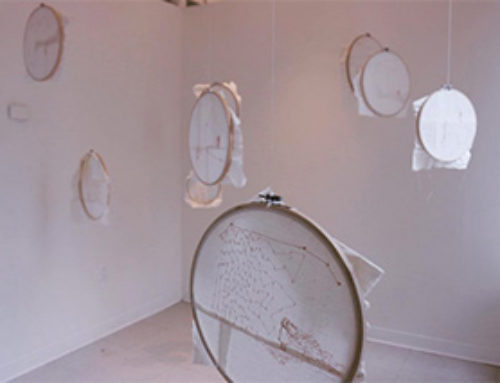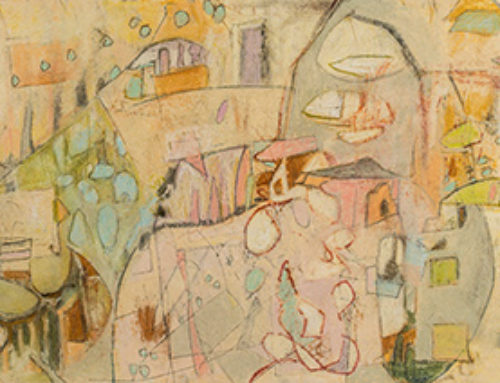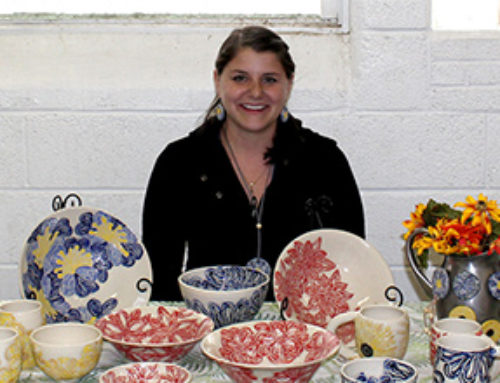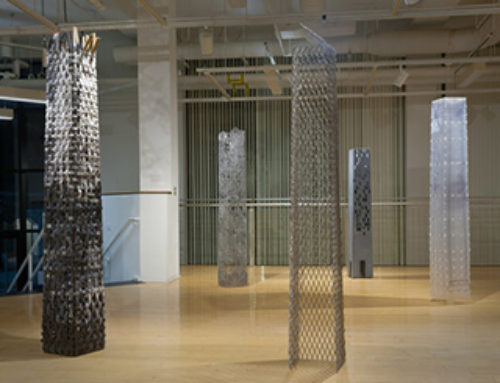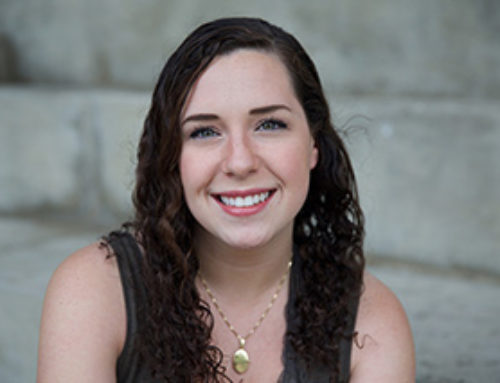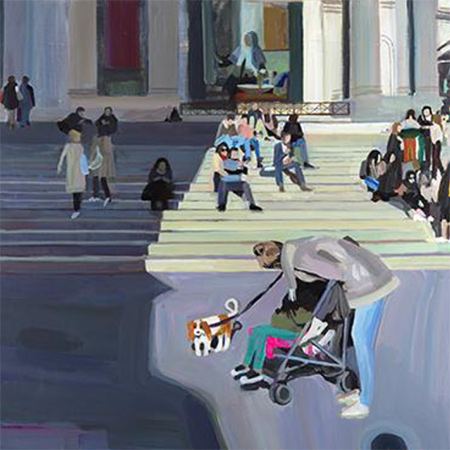
The Awakening of a Child from a Dream State
Acrylic on canvas, 30” x 30”
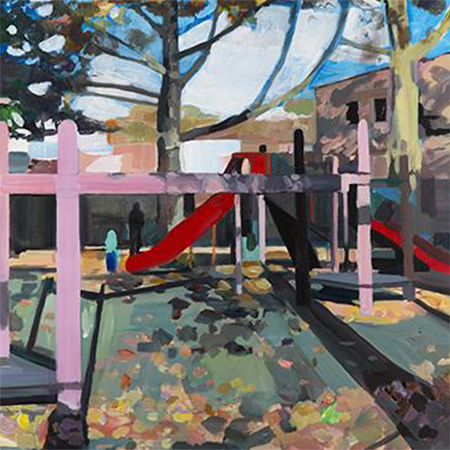
Playground by Sally’s
Acrylic on Canvas, 30” x 30”
MADELINE RUPARD | INTERVIEW QUESTIONS
Q. How did your passion for art begin taking shape for you—at home, school, a mentor, and other artists who inspired you or a personal experience that started the fermenting process?
A. I always drew. When I was a child, drawing was motivated by escapism; it was a way of imagining and creating an illusion of new worlds, stories, and characters. As I began painting in my teenage years, I looked at the colors and shapes of the world we live in as a means of trying to be present within it. Along the way, I learned to appreciate different eras of painting for their own specific reasons. I loved the Pre-Raphaelites for their romance, the Gothic Italians for their mystery, the impressionists for the warm and sensory, and the abstract expressionists for their modern urgency. These masters along with insights from peers and professors were the best education I could’ve received on my path to becoming an artist.
Q. How would you describe your artwork, in terms of materials or mediums? Has it changed or evolved since formal training and what are your goals for it?
A. After what I consider stubborn years of failure with oil painting, I chose to paint in fluid acrylics on a stiff support. I love these materials because I find they do the best job of holding saturation and revealing the viscosity of the paint. There is a visceral enjoyment that I get out of media that says in its marks “I was once liquid and alive in motion.” Within it is a history of movement on the surface betrayed by the lines of bristles, the swiftness of marks. My current goals are to push the movement and color further with my future work, using clear urethane as a medium for my paintings and high-fluorescent pigments.
Q. How important is a personal style to you as an artist or does your work reflect larger social and cultural issues?
A. I don’t explicitly think about style when I work. For me painting works similarly to handwriting— it’s just how I make marks and is a probably a blend of my personality and the artists that have influenced me whether consciously or subconsciously. I think a lot about the medievalists and the abstract expressionists and that dialogue between past and present. Rich colors, loose painterly strokes, and an approach which aims to paint the air around objects is how I try to make sense of a space in its dimension, floors, ceilings, and skies. My work is about sentience, wakefulness, presentness, grace. In other words, my paintings are about looking at things.
Q. Has being a woman affected your work and others’ perception of it? How do you feel about being a part of a woman’s art organization?
A. When I was in public school as a child, I was surprised in art class to hear that there were more famous artists that were men than women. I always wanted to see art by women and was amazed that other people throughout history didn’t feel the same way. With all of the cultural barriers that women have had over the centuries, it’s inspiring how many managed to make artwork despite discouraging circumstances. I can only grieve how much more work we’d see if they’d been given equal opportunities and status as artists as men did. I think it’s wonderful to be a part of an organization which wishes to give a collective voice to women artists of past and present.



